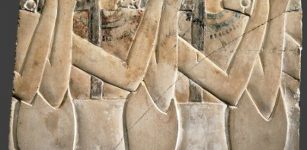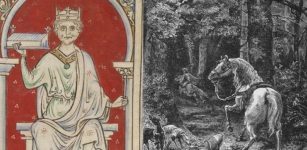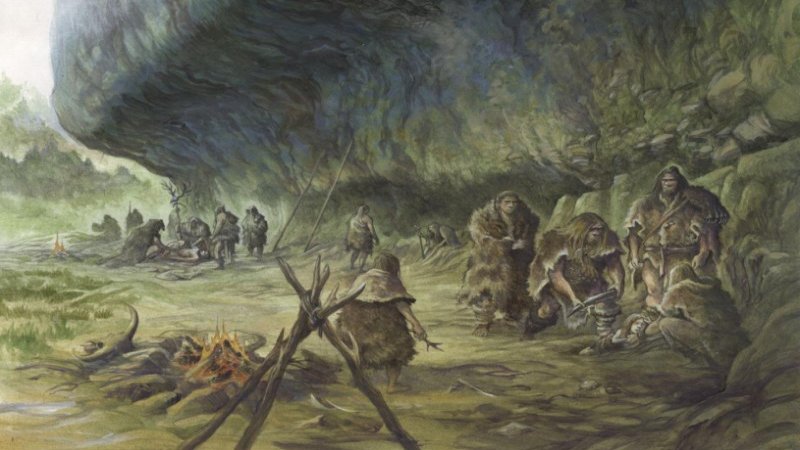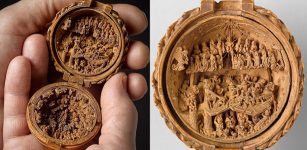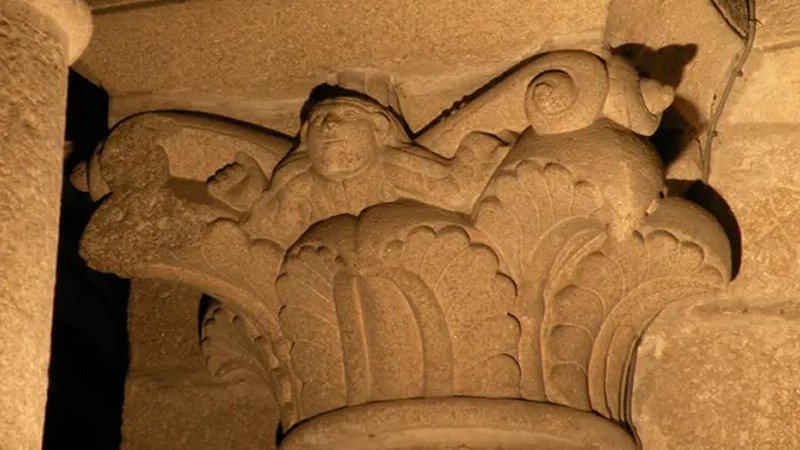Ushabti: Servants Who Worked For Their Owners In Afterlife In Ancient Egyptian Beliefs
A. Sutherland – AncientPages.com – Ushabti were servants devoted to working for their deceased owners. In ancient Egyptian religion, the tombs were equipped with small-sized and mummy-shaped figurines with arms crossed on the chest. The use of them was widespread, and their ‘mission’ was to set the deceased free from the necessity of labor in the afterlife.
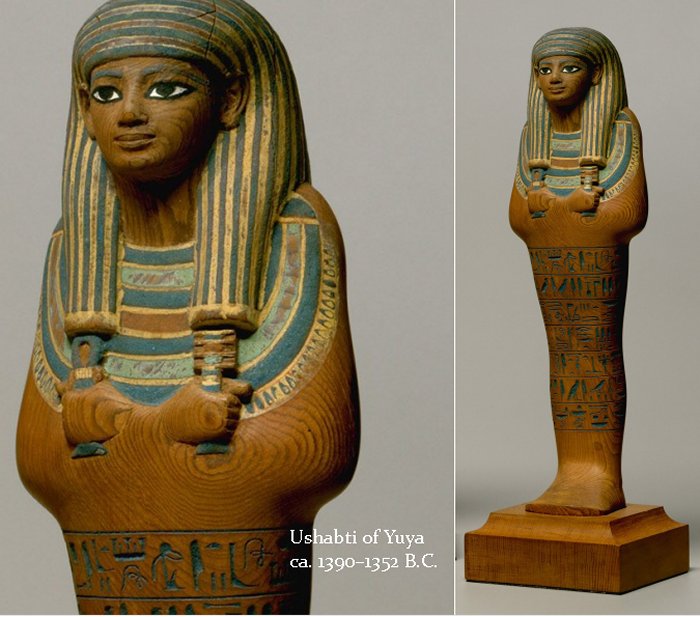
Shabti of Yuya. As the parents of Queen Tiye, wife of Amenhotep III, Yuya and Tjuyu were granted burial in the Valley of the Kings. They were provided with funerary equipment from the finest royal workshops, as demonstrated by this wonderfully carved shabti, on which even the knees are indicated in detail. The text on the figurine states that the shabti will substitute for the spirit in any necessary and obligatory tasks it is called upon to perform in the afterlife. (New Kingdom: the 18th Dynasty, reign of Amenhotep III. Date: ca. 1390–1352 BC. image source
Depending on the tomb, the number of ushabtis varied; some had beautiful form and rich, full of details decoration, especially when made of enamel, applied by ancient Egyptians to stone objects, pottery, and sometimes even jewelry.
Sometimes, early ushabtis were made of wax, but most often, clay and wood were used to their production. Later figurines were usually made of much more resistant and durable materials like stone, terracotta, metal, glass, and most frequently, glazed earthenware known as the Egyptian faience (blue-green glazed ushabtis).


